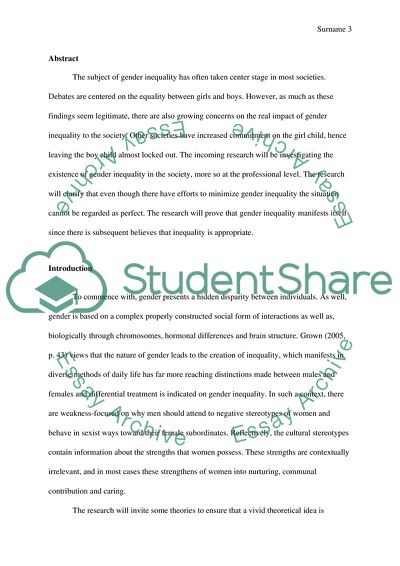Cite this document
(Gender inequity Research Paper Example | Topics and Well Written Essays - 1750 words, n.d.)
Gender inequity Research Paper Example | Topics and Well Written Essays - 1750 words. https://studentshare.org/gender-sexual-studies/1872901-gender-inequity
Gender inequity Research Paper Example | Topics and Well Written Essays - 1750 words. https://studentshare.org/gender-sexual-studies/1872901-gender-inequity
(Gender Inequity Research Paper Example | Topics and Well Written Essays - 1750 Words)
Gender Inequity Research Paper Example | Topics and Well Written Essays - 1750 Words. https://studentshare.org/gender-sexual-studies/1872901-gender-inequity.
Gender Inequity Research Paper Example | Topics and Well Written Essays - 1750 Words. https://studentshare.org/gender-sexual-studies/1872901-gender-inequity.
“Gender Inequity Research Paper Example | Topics and Well Written Essays - 1750 Words”. https://studentshare.org/gender-sexual-studies/1872901-gender-inequity.


